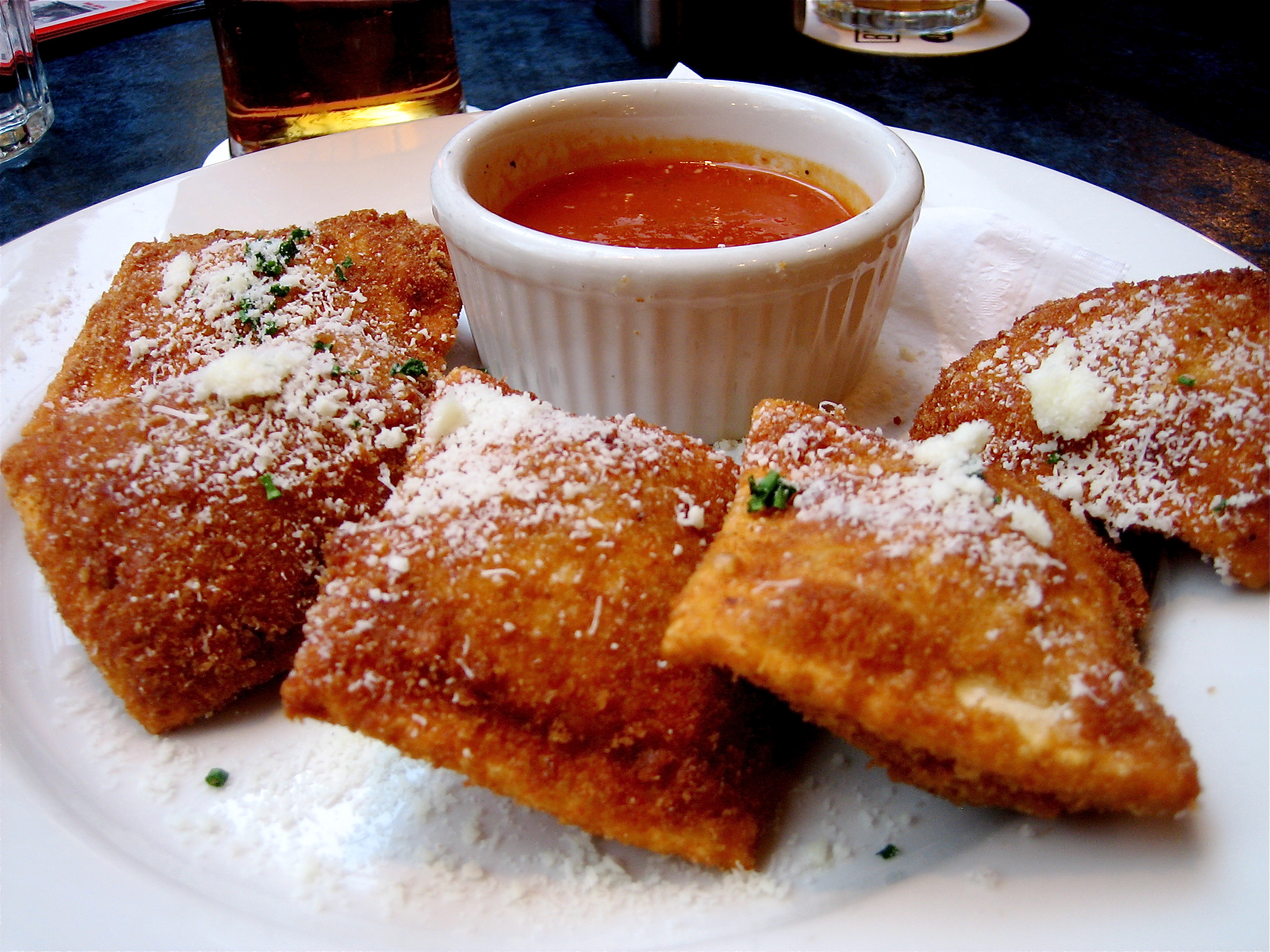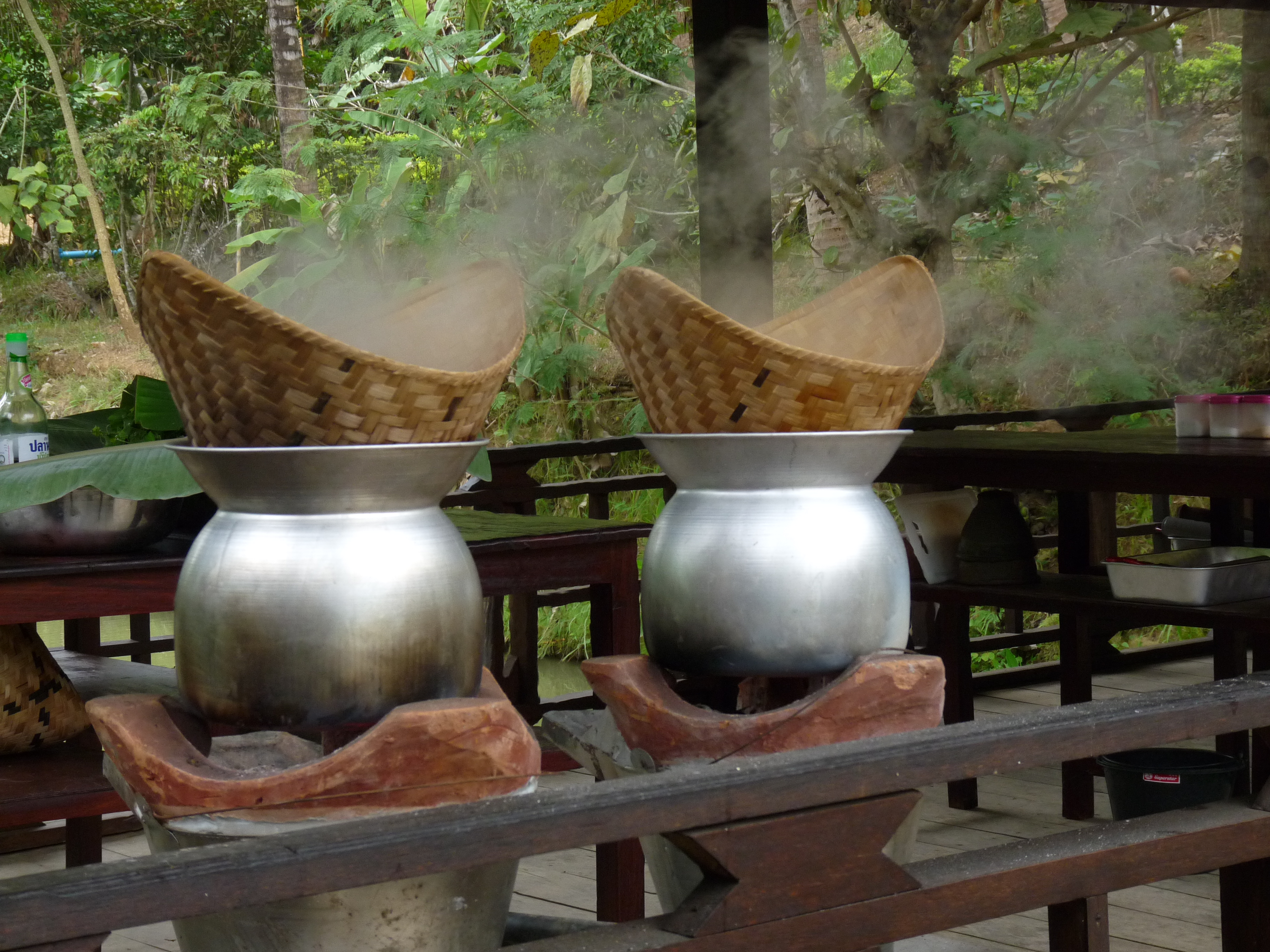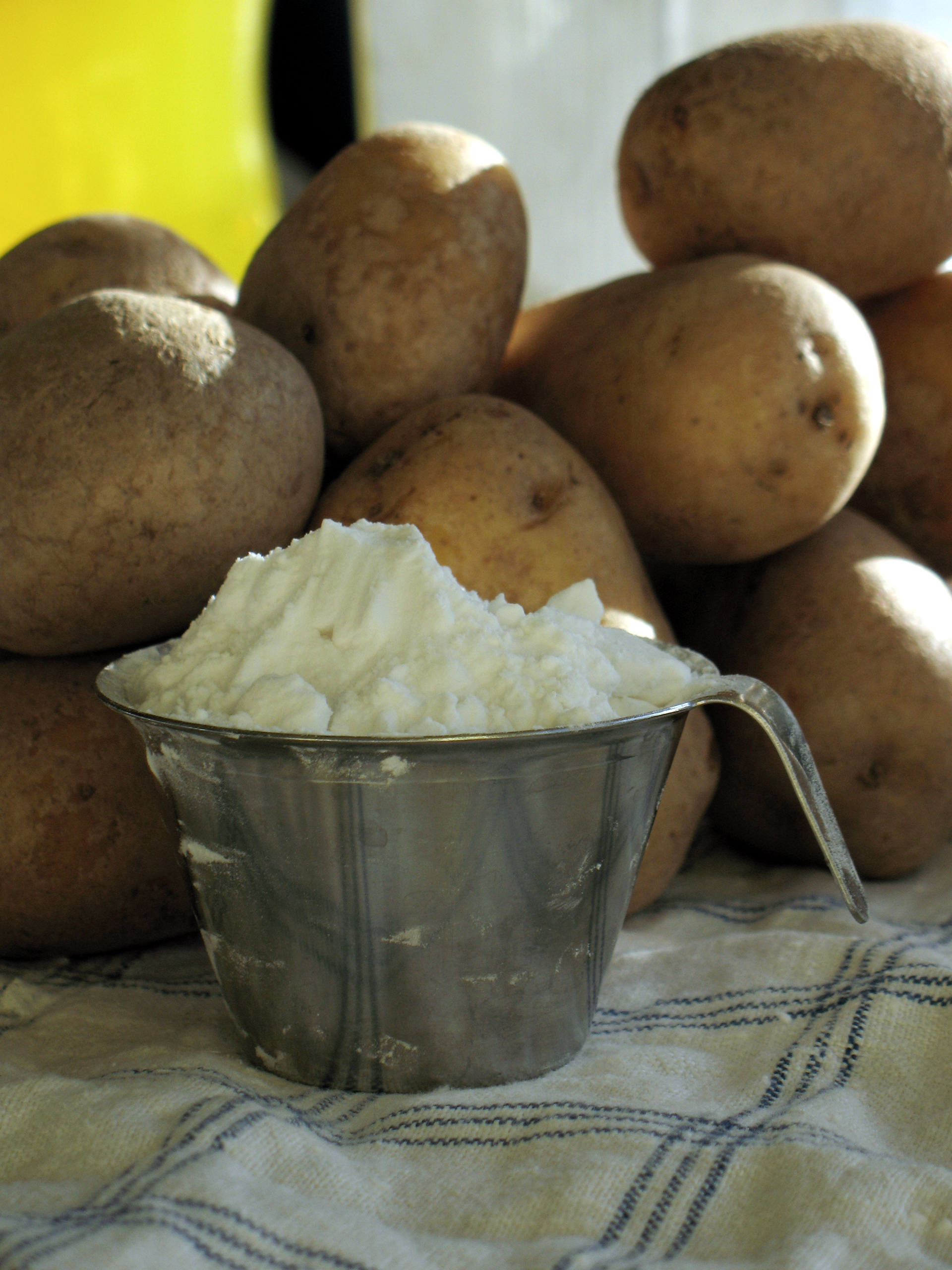|
Fun Guo
''Fun guo'', or ''Chaozhou fun guo'', sometimes spelled fun quor, fun gor, fen guo, Chiu Chow dumpling, Teochew dumpling, or fun kor, is a variety of steamed dumpling from the Chaoshan area of coastal eastern Guangdong, a province in Southern China. Fun guo looks very similar to har gaw (shrimp dumplings) in Cantonese-style dim sum. Teochew cuisine In the Chaozhou dialect of Min Nan, the dumplings are called ''hung gue'' ( 粉 餜), but they are more widely known by their Cantonese name. They are also eaten in non-Chaozhou regions of Guangdong. Hawaiian cuisine In Hawaii, fun guo is known as ''pepeiao'', the Hawaiian word for ''ear'', named for its shape resembling an ear. See also *Chaozhou cuisine Chaoshan cuisine, also known as Chiuchow cuisine, Chaozhou cuisine or Teo-swa cuisine, originated from the Chaoshan region in the eastern part of China's Guangdong Province, which includes the cities of Chaozhou, Shantou and Jieyang. Chao ... * Dim sum References { ... [...More Info...] [...Related Items...] OR: [Wikipedia] [Google] [Baidu] |
Chaoshan
Chaoshan or Teoswa (; peng'im: ''Dio5suan1'' i̯o˥˥꜖꜖.sũ̯ã˧˧ is a cultural-linguistic region in the east of Guangdong, China. It is the origin of the Min Nan Chaoshan dialect (). The region, also known as Chiushan in Cantonese, consists of the cities Chaozhou, Jieyang and Shantou. It differs linguistically from the rest of Guangdong province which was historically dominated by Yue speakers, followed by Hakka and Leizhou Min speakers. However, Mandarin has recently become the dominant language in the region. It is historically important as the ancestral homeland of many Viets, Thais, Cambodian, Singaporeans, Malaysians and Indonesians of Chinese descent. Etymology and definition The name "Chaoshan" () is a contraction of the names of two of its administrative areas, the prefecture-level cities of Chaozhou () and Shantou (). Chaozhou and Shantou have agglomerated into a single extremely dense metropolitan area, which is among China's most densely populated. ... [...More Info...] [...Related Items...] OR: [Wikipedia] [Google] [Baidu] |
Tapioca
Tapioca (; ) is a starch extracted from the storage roots of the cassava plant (''Manihot esculenta,'' also known as manioc), a species native to the North Region, Brazil, North and Northeast Region, Brazil, Northeast regions of Brazil, but whose use is now spread throughout South America. It is a perennial shrub adapted to the hot conditions of tropical lowlands. Cassava copes better with poor soils than many other food plants. Tapioca is a staple food for millions of people in tropical countries. It provides only carbohydrate food value, and is low in protein, vitamins and Mineral (nutrient), minerals. In other countries, it is used as a thickening agent in various manufactured foods. Etymology and origin ''Tapioca'' is derived from the word ''tipi'óka'', its name in the Tupi–Guarani languages, Tupi language spoken by natives when the Portuguese first arrived in the Northeast Region of Brazil around 1500. This Tupi word is translated as 'sediment' or 'coagulant' and refe ... [...More Info...] [...Related Items...] OR: [Wikipedia] [Google] [Baidu] |
Dumplings
Dumpling is a broad class of dishes that consist of pieces of dough (made from a variety of starch sources), oftentimes wrapped around a filling. The dough can be based on bread, flour, buckwheat or potatoes, and may be filled with meat, fish, tofu, cheese, vegetables, fruits or sweets. Dumplings may be prepared using a variety of methods, including baking, boiling, frying, simmering or steaming and are found in many world cuisines. In the United States in May 2015 National Day Calendar listed National Dumpling Day as held on September 26, annually. African Banku and kenkey are defined as dumplings in that they are starchy balls of dough that are steamed. They are formed from fermented cornmeal. Banku is boiled and requires continuous kneading, while kenkey is partly boiled then finished by steaming in corn or banana leaves. Tihlo—prepared from roasted barley flour—originated in the Tigray region of Ethiopia and is now very popular in Amhara as well and spread ... [...More Info...] [...Related Items...] OR: [Wikipedia] [Google] [Baidu] |
Dim Sum
Dim sum () is a large range of small Chinese dishes that are traditionally enjoyed in restaurants for brunch. Most modern dim sum dishes are commonly associated with Cantonese cuisine, although dim sum dishes also exist in other Chinese cuisines. In the tenth century, when the city of Canton (Guangzhou) began to experience an increase in commercial travel, many frequented teahouses for small-portion meals with tea called ''yum cha'', or "drink tea" meals. ''Yum cha'' includes two related concepts. The first is " jat zung loeng gin" (), which translates literally as "one cup, two pieces". This refers to the custom of serving teahouse customers two pieces of delicately made food items, savory or sweet, to complement their tea. The second is ''dim sum'' () and translates literally to "touching heart", the term used to designate the small food items that accompanied the tea drinking. Teahouse owners gradually added various snacks called "dim sum" to their offerings. The practice ... [...More Info...] [...Related Items...] OR: [Wikipedia] [Google] [Baidu] |
Chaozhou Cuisine
Chaoshan cuisine, also known as Chiuchow cuisine, Chaozhou cuisine or Teo-swa cuisine, originated from the Chaoshan region in the eastern part of China's Guangdong Province, which includes the cities of Chaozhou, Shantou and Jieyang. Chaoshan cuisine bears more similarities to that of Fujian cuisine, particularly Southern Min cuisine, due to the similarity of Chaoshan's and Fujian's culture, language, and their geographic proximity to each other. However, Chaoshan cuisine is also influenced by Cantonese cuisine in its style and technique. Background Chaoshan cuisine is well known for its seafood and vegetarian dishes. Its use of flavouring is much less heavy-handed than most other Chinese cuisines and depends much on the freshness and quality of the ingredients for taste and flavour. As a delicate cuisine, oil is not often used in large quantities and there is a relatively heavy emphasis on poaching, steaming and braising, as well as the common Chinese method of stir-fry ... [...More Info...] [...Related Items...] OR: [Wikipedia] [Google] [Baidu] |
Min Nan
Southern Min (), Minnan (Mandarin pronunciation: ) or Banlam (), is a group of linguistically similar and historically related Sinitic languages that form a branch of Min Chinese spoken in Fujian (especially the Minnan region), most of Taiwan (many citizens are descendants of settlers from Fujian), Eastern Guangdong, Hainan, and Southern Zhejiang. The Minnan dialects are also spoken by descendants of emigrants from these areas in diaspora, most notably the Philippines, Indonesia, Malaysia, Singapore, San Francisco, Los Angeles and New York City. It is the most populous branch of Min Chinese, spoken by an estimated 48 million people in c. 2017–2018. In common parlance and in the narrower sense, Southern Min refers to the Quanzhang or Hokkien-Taiwanese variety of Southern Min originating from Southern Fujian in Mainland China. This is spoken mainly in Fujian, Taiwan, as well as certain parts of Southeast Asia. The Quanzhang variety is often called simply "Minnan Proper". It i ... [...More Info...] [...Related Items...] OR: [Wikipedia] [Google] [Baidu] |
Chaozhou Dialect
Teochew or Chaozhou (, , , Teochew endonym: , Shantou dialect: ) is a dialect of Chaoshan Min, a Southern Min language, that is spoken by the Teochew people in the Chaoshan region of eastern Guangdong and by their diaspora around the world. It is sometimes referred to as ''Chiuchow'', its Cantonese rendering, due to the English romanisation by colonial officials and explorers. It is closely related to some dialects of Hokkien, as it shares some cognates and phonology with Hokkien. The two are mutually unintelligible, but it is possible to understand some words. Teochew preserves many Old Chinese pronunciations and vocabulary that have been lost in some of the other modern varieties of Chinese. As such, Teochew is described as one of the most conservative Chinese languages. Languages in contact Mandarin In China, Teochew children are introduced to Standard Chinese as early as in kindergarten; however, the Teochew language remains the primary medium of instruction. In the e ... [...More Info...] [...Related Items...] OR: [Wikipedia] [Google] [Baidu] |
Har Gow
Har gow (sometimes anglicized as "ha gow", "haukau", "hakao"; ) is a traditional Cantonese dumpling served as dim sum.Hsiung, Deh-Ta. Simonds, Nina. Lowe, Jason. 005(2005). The food of China: a journey for food lovers. Bay Books. . p41. Name The dumpling is sometimes called a shrimp bonnet for its pleated shape. This dish is often served together with '' siumaai''; when served in such a manner the two items are collectively referred to as ''gar gow''-''siu mai'' (). ''Har gow'', '' siu mai'', ''cha siu bao'', and egg tarts are considered the classic dishes of Cantonese cuisine and referred to as ''The Four Heavenly Kings''. (). The name in Cantonese also means "wedding gown" as the shape of the dumpling resembles the traditional gown worn by a woman on her wedding day. Description These shrimp dumplings are transparent and smooth. The prawn dumplings first appeared in Guangzhou outskirts near the creek bazaar Deli. This dish is said to be the one that the skill of a dim sum c ... [...More Info...] [...Related Items...] OR: [Wikipedia] [Google] [Baidu] |
Dumpling
Dumpling is a broad class of dishes that consist of pieces of dough (made from a variety of starch sources), oftentimes wrapped around a filling. The dough can be based on bread, flour, buckwheat or potatoes, and may be filled with meat, fish, tofu, cheese, vegetables, fruits or sweets. Dumplings may be prepared using a variety of methods, including baking, boiling, frying, simmering or steaming and are found in many world cuisines. In the United States in May 2015 National Day Calendar listed National Dumpling Day as held on September 26, annually. African Banku and kenkey are defined as dumplings in that they are starchy balls of dough that are steamed. They are formed from fermented cornmeal. Banku is boiled and requires continuous kneading, while kenkey is partly boiled then finished by steaming in corn or banana leaves. Tihlo—prepared from roasted barley flour—originated in the Tigray region of Ethiopia and is now very popular in Amhara as well and spreading ... [...More Info...] [...Related Items...] OR: [Wikipedia] [Google] [Baidu] |
Steaming
Steaming is a method of cooking using steam. This is often done with a food steamer, a kitchen appliance made specifically to cook food with steam, but food can also be steamed in a wok. In the American southwest, steam pits used for cooking have been found dating back about 5,000 years. Steaming is considered a healthy cooking technique that can be used for many kinds of foods. Because steaming can be achieved by heating less water or liquid, and because of the excellent thermodynamic heat transfer properties of steam, steaming can be as fast, or faster, than cooking in boiling water, as well as being more energy efficient. History Some of the world's earliest examples of steam cooking were found in China's Yellow River Valley, early steam cookers made of stoneware have been found dating back as far as 5,000 BCE. And also in Gunma Prefecture, Japan, created during the Stone Age. Some of the second earliest examples of steam cooking have been found in Italy and Sardinia, cre ... [...More Info...] [...Related Items...] OR: [Wikipedia] [Google] [Baidu] |
Potato Starch
Potato starch is starch extracted from potatoes. The cells of the root tubers of the potato plant contain leucoplasts (starch grains). To extract the starch, the potatoes are crushed, and the starch grains are released from the destroyed cells. The starch is then left to settle out of solution or separated by hydrocyclones, then dried to powder. Potato starch contains typical large oval spherical granules ranging in size from 5 to 100 μm. Potato starch is a refined starch, containing minimal protein or fat. This gives the powder a clear white colour, and the cooked starch typical characteristics of neutral taste, good clarity, high binding strength, long texture, and minimal tendency to foaming or yellowing of the solution. Potato starch contains approximately 800 ppm phosphate bound to the starch; this increases the viscosity and gives the solution a slightly anionic character, a low gelatinisation temperature of approximately , and high swelling power. These propertie ... [...More Info...] [...Related Items...] OR: [Wikipedia] [Google] [Baidu] |
Corn Starch
Corn starch, maize starch, or cornflour (British English) is the starch derived from corn (maize) grain. The starch is obtained from the endosperm of the kernel. Corn starch is a common food ingredient, often used to thicken sauces or soups, and to make corn syrup and other sugars. Corn starch is versatile, easily modified, and finds many uses in industry such as adhesives, in paper products, as an anti-sticking agent, and textile manufacturing. It has medical uses as well, such as to supply glucose for people with glycogen storage disease. Like many products in dust form, it can be hazardous in large quantities due to its flammability—see dust explosion. When mixed with a fluid, corn starch can rearrange itself into a non-Newtonian fluid. For example, adding water transforms corn starch into a material commonly known as oobleck while adding oil transforms corn starch into an electrorheological (ER) fluid. The concept can be explained through the mixture termed "co ... [...More Info...] [...Related Items...] OR: [Wikipedia] [Google] [Baidu] |







